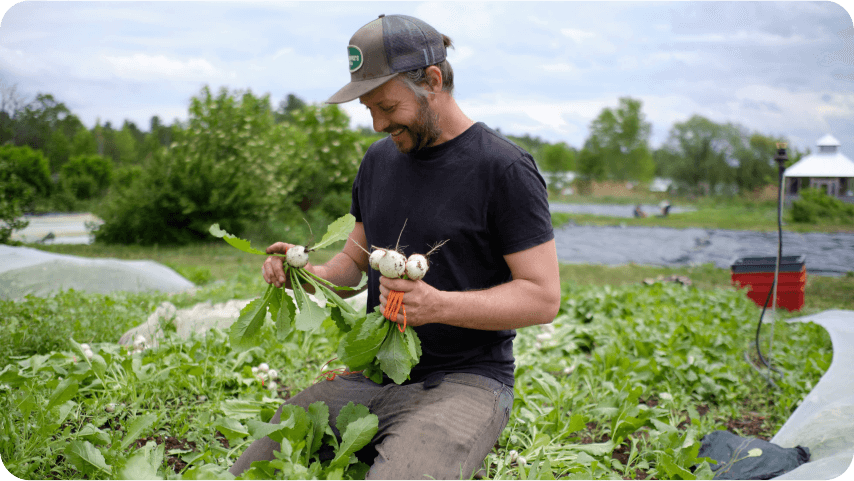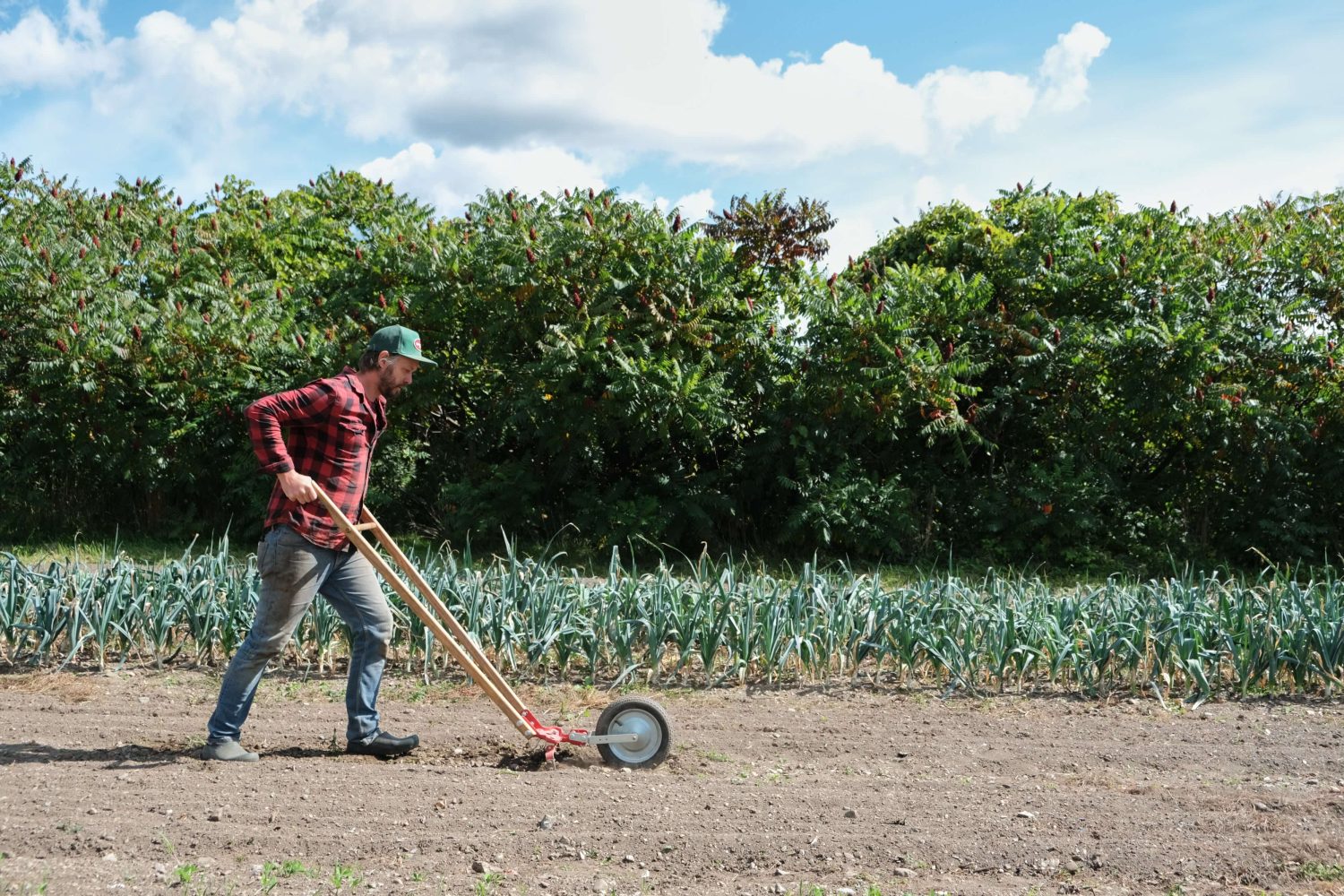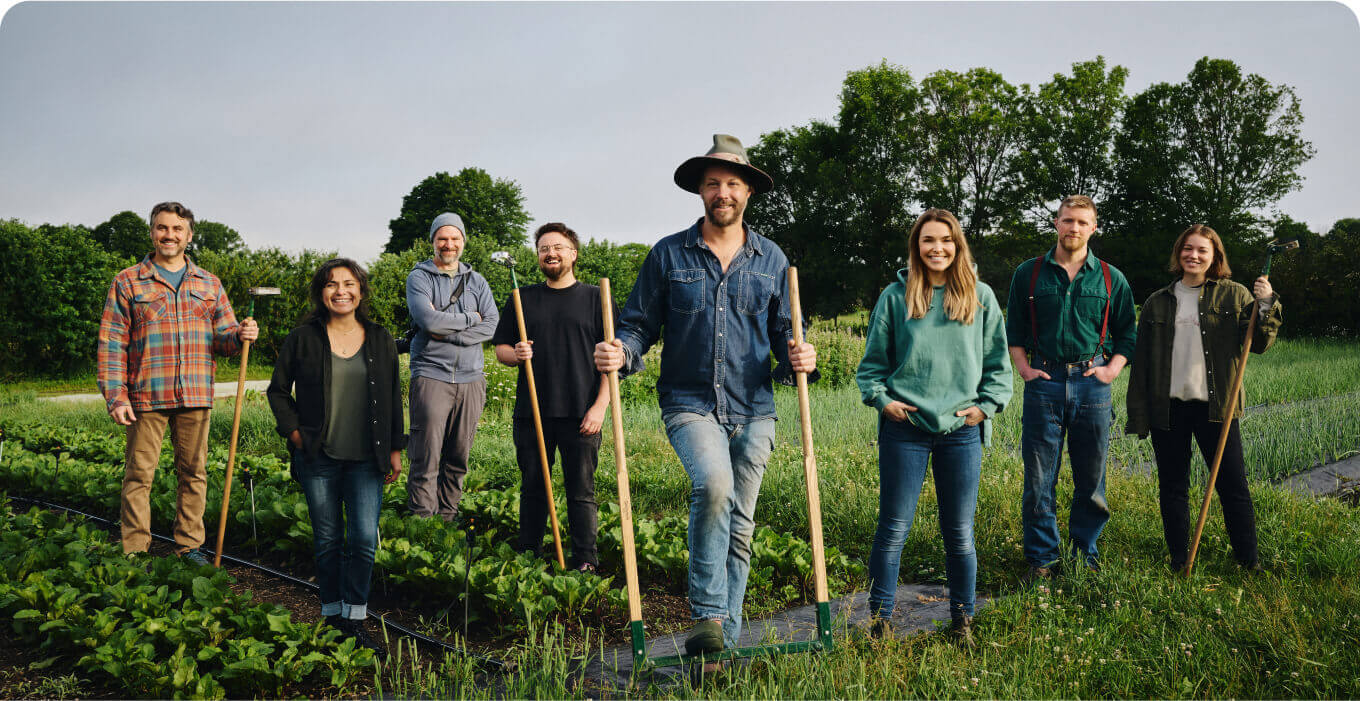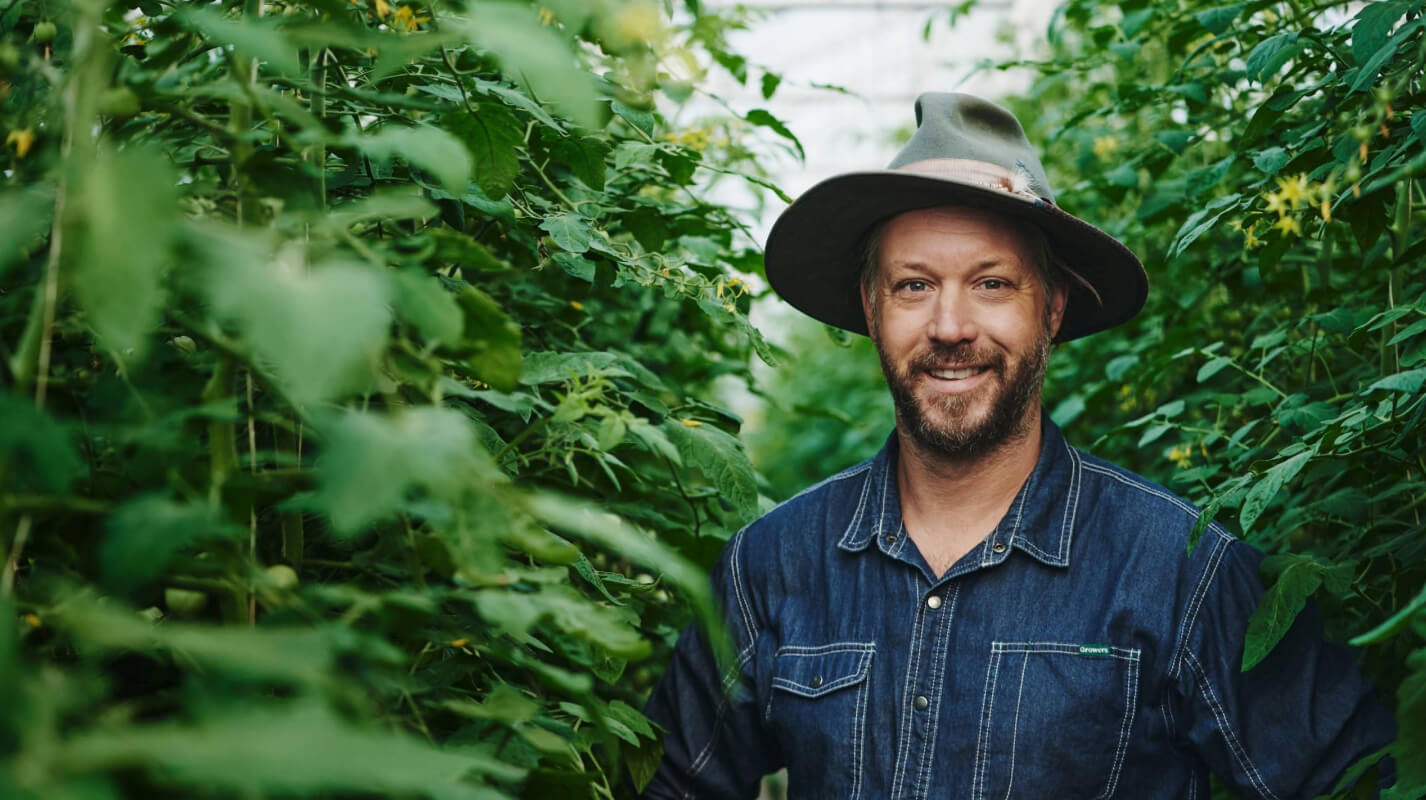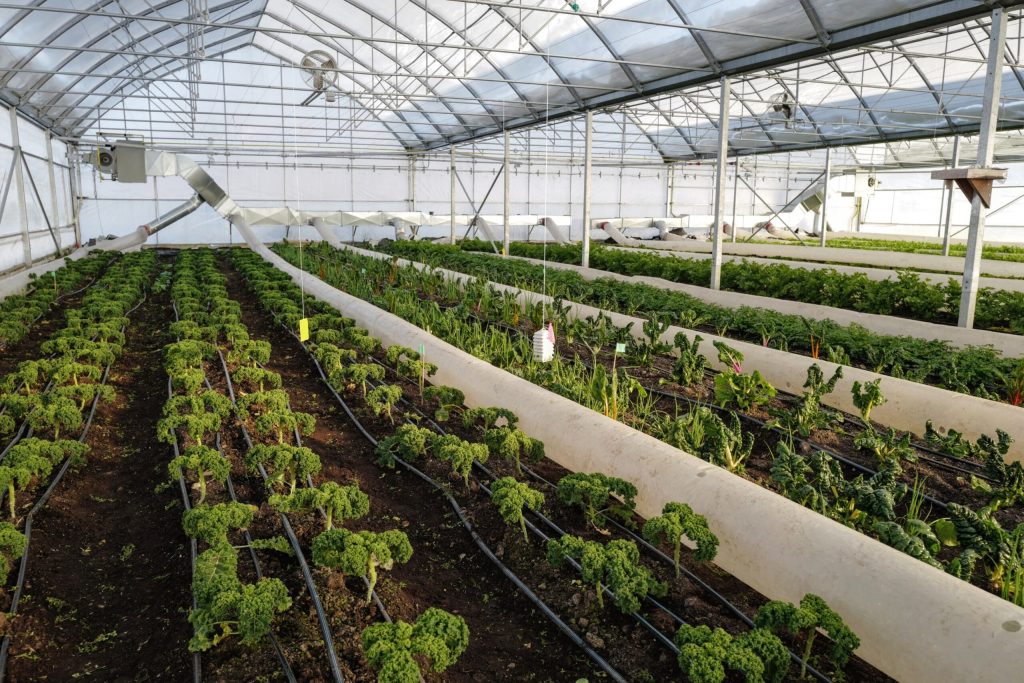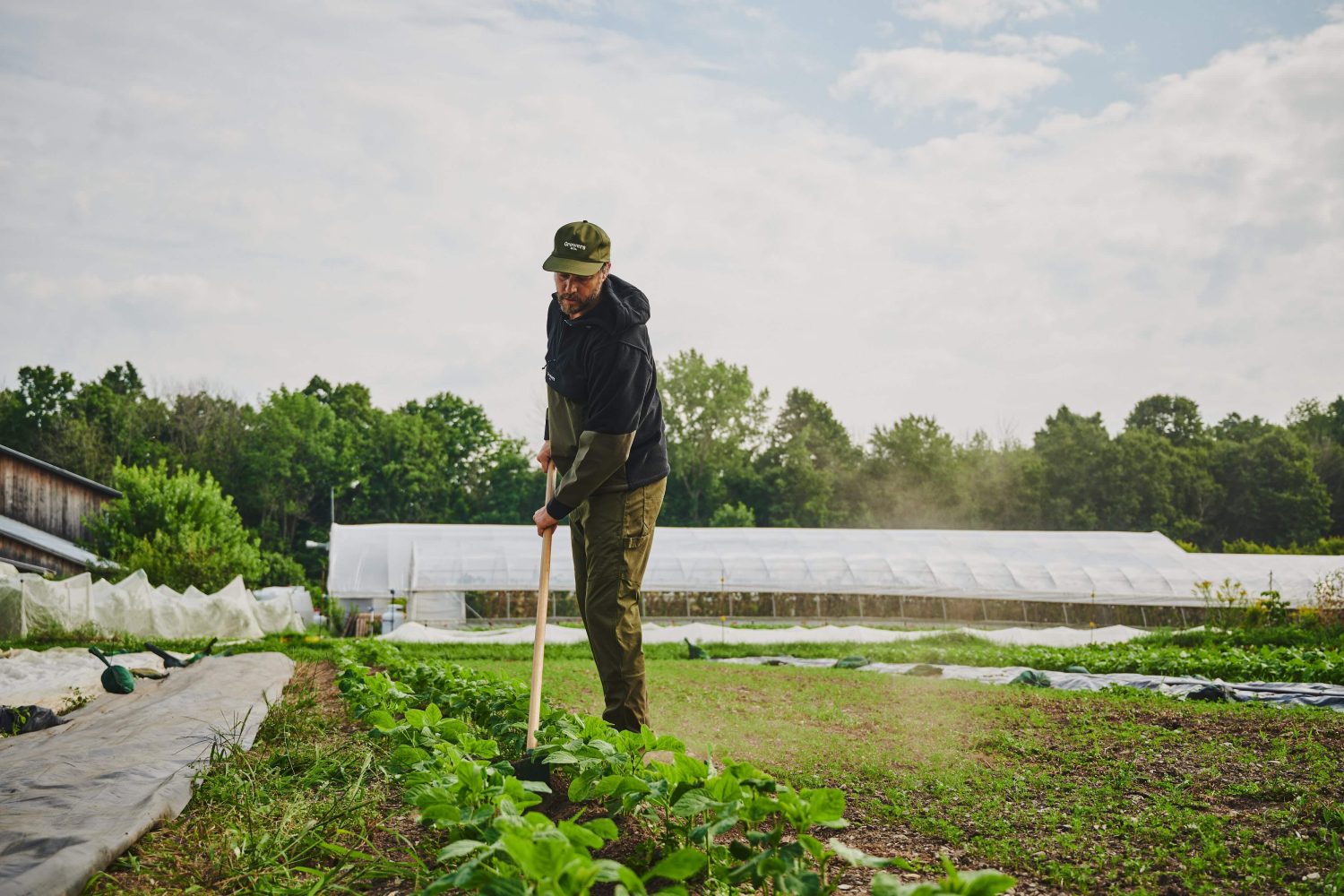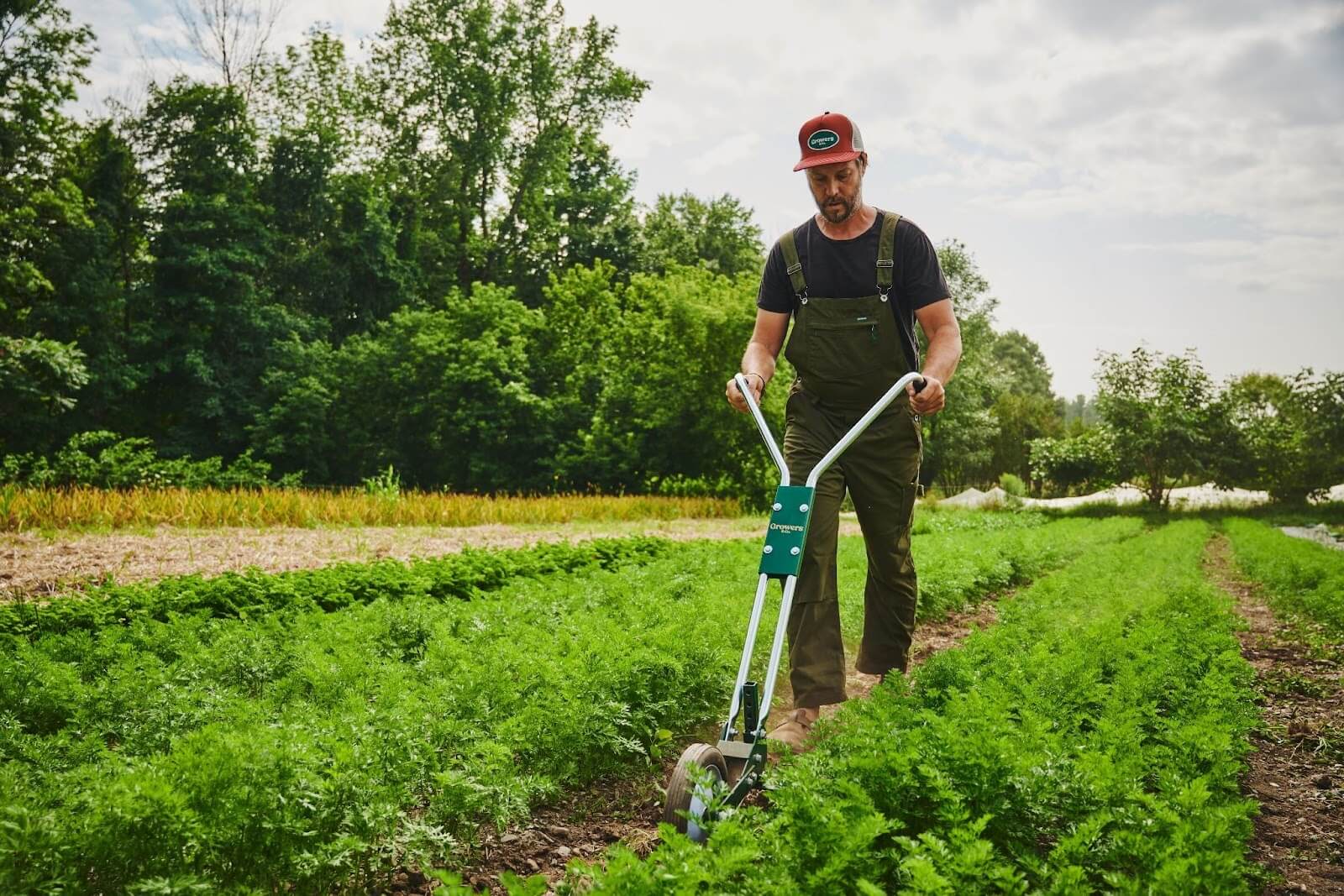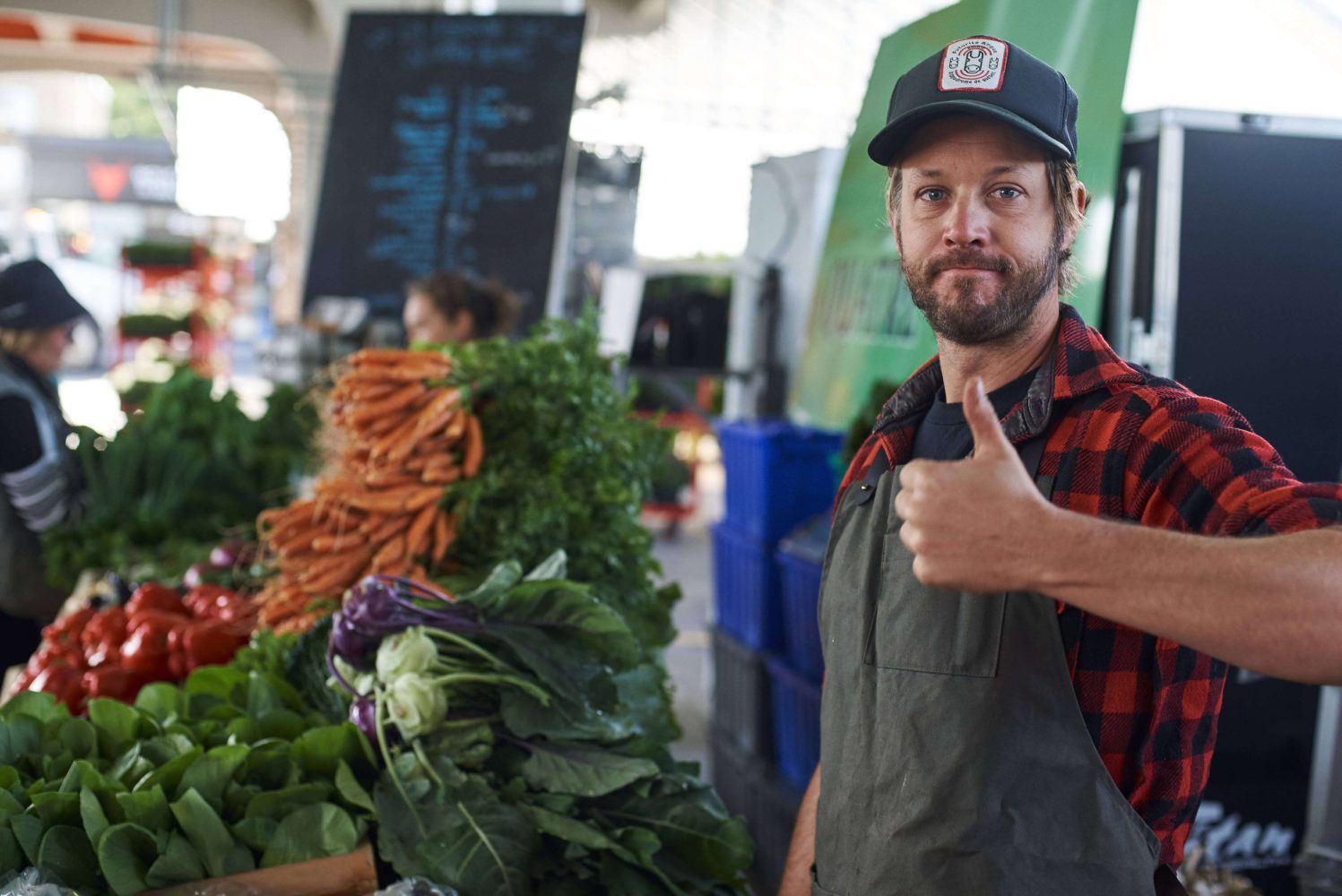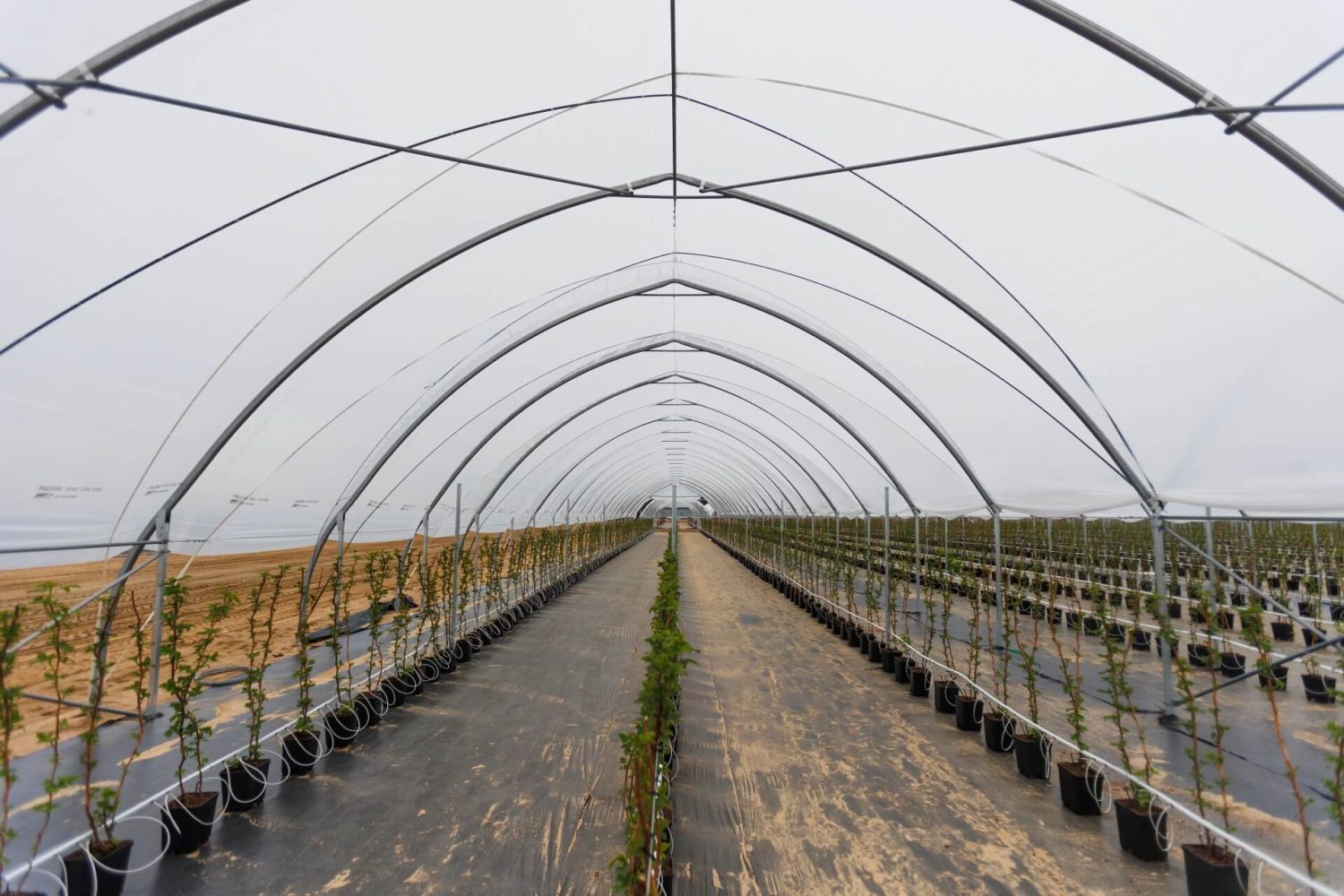Every market gardener dream of producing while maintaining a good quality of life. To achieve this, several principles and tools can be put in place.
When it comes to greenhouse production, one of the secrets to producing while reducing the sources of stress is the optimization of factors that influence the environment. For example, temperature, ventilation, humidity and irrigation. An optimal temperature in the greenhouse allows the plants to grow in an ideal climate, thus decreasing the chances of diseases or deficiencies and maximizing yields.
Finding the right temperature target
Achieving optimal climate conditions in the greenhouse requires consideration of a few concepts such as sunlight, vigour and the vegetative-reproductive balance of the plant.
Sunlight
The growth of a plant is directly related to the amount of light it receives. The more light there is, the more photosynthesis and sugar production the plant will have. The plant will then need heat to activate its metabolism. This allows it to assimilate the sugars produced during the day to grow in a balanced way. Less light means less growth and therefore less quality. At night, there is no light, but the plants still need a minimum of heat.
It is therefore necessary to calculate the minimum temperature that will allow the plant to be active, without spending unnecessarily on heating. The night temperature is determined according to the amount of light received by the plants during the day. The more sunlight they have been exposed to, the higher the temperature in the greenhouse at night.
Without climate control tools, it is very difficult for a grower to maintain an optimal temperature. This is one of the reasons why Farm of Quatre-Temps considers that investing in a climate controller makes a difference. At the farm, we use the Orisha control system.
A proper temperature control system allows the growers to adjust their program according to the cloud cover. So it is possible to make a program for both sunny and cloudy days.
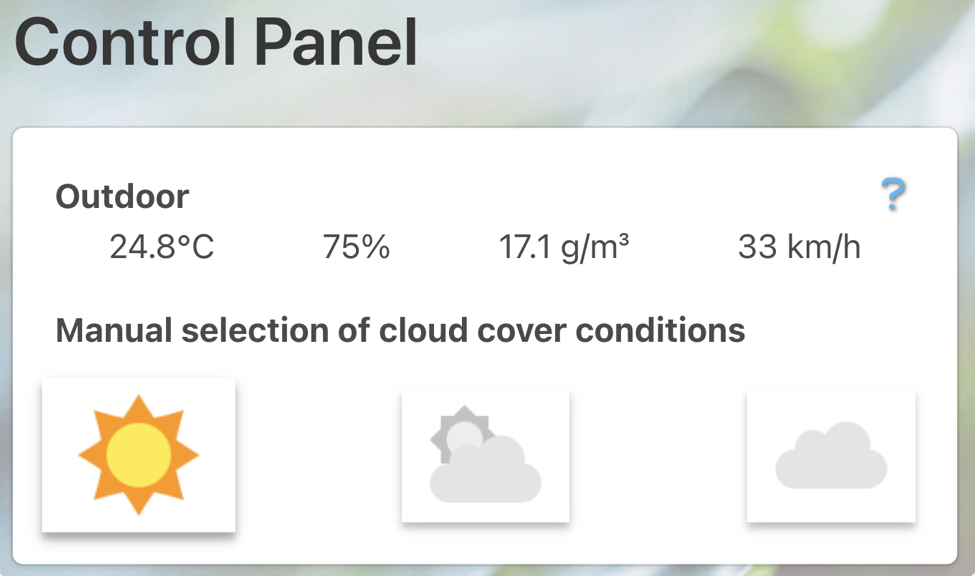
Vigour and temperature 24h
How do you find the ideal temperature for your plants to be comfortable? It is necessary to be attentive to the plant’s physical state and to its vigour.
Vigour refers to the ratio between the diameter and the length of the stem. For tomatoes, the ideal diameter is between 10 and 12 mm.
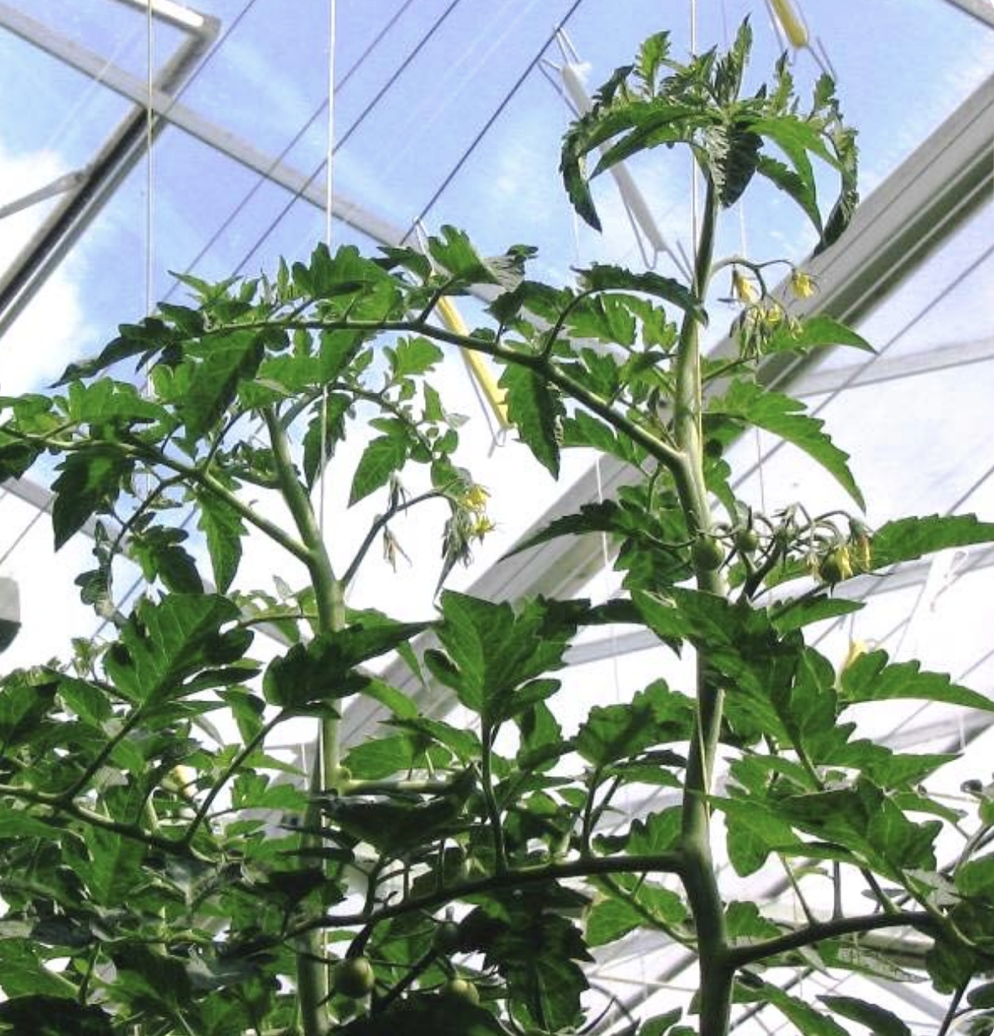
Vigour is related to the average greenhouse temperature over 24 hours. This average is an important metric to know to establish a comfortable climate for plant growth. It is adjusted according to the amount of light. The more light the plant receives, the higher the average and vice versa.
Calculating this average by hand is not impossible, but it is a tedious and time-consuming task. To simplify the task, the climate controller calculates this average automatically.
Vegetative-reproductive balance
Two types of states are attributed to plants: the vegetative state and the reproductive state.
A plant is described as vegetative when it prioritizes its leaves, roots and stem in the distribution of sugars. It will be reproductive when it prioritizes its fruits.
It’s important to maintain a balance between the energy put into the fruit and the rest of the plant to increase yield and obtain quality fruit. If there is an imbalance the plant will not offer a good yield and will not be resistant to diseases.
To keep the vegetative-reproductive state of the plant in balance, it is necessary to use the DIF (the difference between the average day temperature and the average night temperature). This temperature difference creates stress for the plant and determines whether it puts its energies into the leaves, stems, roots or fruits. A high DIF brings stress to the plant which will make it enter a reproductive state. If the DIF is low, the plant will enter a vegetative state.
Balancing the vigour and vegetative-reproductive state of the plants results in better yield and resistance. This is why the Farm of Quatre-Temps team uses an automation system that offers the possibility to set temperature targets to automatically balance vigour and vegetative-reproductive state by itself.
Challenge: maintaining temperature in a greenhouse
Maintaining an even temperature in the greenhouse
Having an even temperature in a greenhouse allows the plants to grow evenly. If your heating system is located at the top of the greenhouse, you need to distribute the heat to the bottom of the plants with balloons. These are polyethylene tubes that direct the heat to the bottom of the greenhouse and distribute it through small holes to the base of the plants.
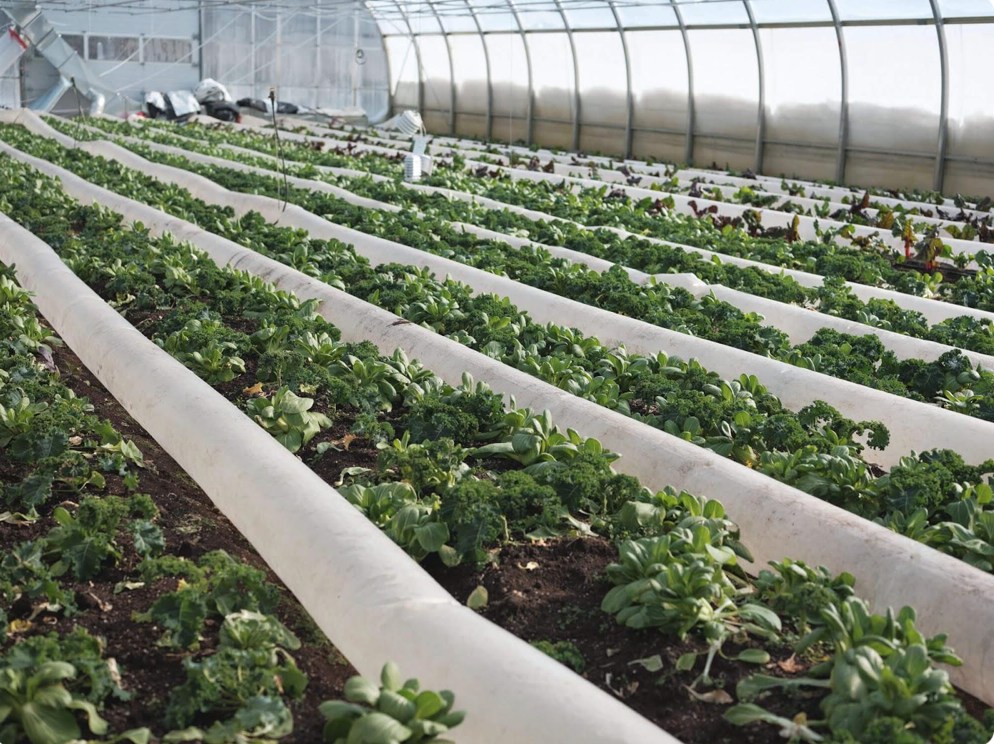
If the heat is not evenly distributed, the section where the heater is installed will be warmer than the other. If one side of the greenhouse is heated more than the other, there will be an imbalance in the vigor of the plants. To compensate, the heating of the greenhouse will have to be increased, which is what we want to avoid.
Horizontal and vertical air flow fans (HAF and VAF)
It is also possible to even out the temperature in the greenhouse with horizontal and vertical air flow fans (HAF and VAF). They allow hot and cold air to mix gradually, without causing thermal shock to the plants.
Changing outdoor conditions
Weather is another factor that makes climate management of a greenhouse complex. Since outdoor conditions change rapidly, you must be able to adapt quickly to a new situation. For example, in the spring, the appearance of a single cloud can cause the temperature to drop quickly. In the summer, the greenhouse starts to warm up as soon as the sun rises.
As a picture is worth a thousand words, JM Fortier shows you in this video how he uses Orisha‘s automated greenhouse system at the Farm of Quatre-Temps.
How to choose an automation system?
As you may have noticed, manually managing the temperature of a greenhouse requires a lot of time. To ensure peace of mind and lower energy costs, the team at Farm of Quatre-Temps uses an automation system to make life easier and to concentrate its efforts on other tasks.
There are several types of systems. Be sure to choose one that includes these features :
- Automatically calculates the 24-hour temperature average;
- Automatically transitions temperature thresholds between day and night;
- Creates a temperature management program based on sunlight;
- Automatically adjusts greenhouse temperature based on weather conditions.
An automation system can help with more than just greenhouse temperature control. Find out how automation can make your job even easier and free up your time.
This article is written in collaboration with Orisha. The information presented in this article applies to upright crops, such as cucumbers, tomatoes, peppers, etc.
